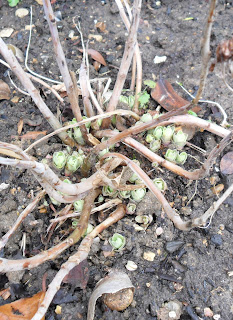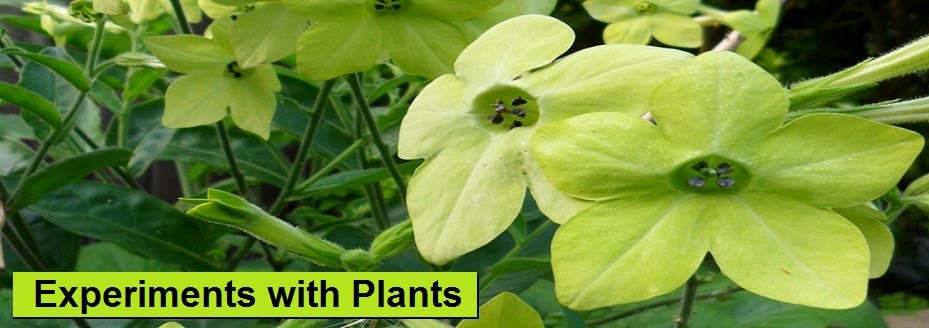There were originally two sedum plants in the garden, now they are all around, filling what would have been empty spaces. They are easy to divide and replant because their roots are relatively shallow and their succulence helps them survive till the roots establish in their new locations. Unlike some other hardy perennials, they only grow where and when you want them to; they don't produce unwanted suckers and they don't return once removed.
In winter after the leaves had shed, the dried stems and coppery flowers stayed intact despite wind, rain and snow.

I broke off the stalks when the shoots appeared, they looked like little jade rose buds, developing quickly in early summer into compact, pin-cushion-shaped, self-supporting clumps.
In late August, the baby-pink flowers bloomed to the delight of the pollinators.
Soon after, the leaves started to turn translucent limey-yellow, brightening up the garden even when the sun wasn't shining.
All of the photos below were taken yesterday ...
The sedum on the left lives under a bush; its leaves are bigger and darker than the other plants and it's growing horizontally searching for sunlight. The little plant on the right was a stray stem, without any roots, remaining after dividing the sedums last autumn. I just stuck it in the soil of the driest flower-bed and it stayed alive. It's ageing quicker because it's exposed to more sunshine.
What I learnt about sedums this year is that the bigger the root-ball, the bigger and longer the stems of the herbaceous plant. Maybe that's obvious, but I didn't consider it. The photo below on the left was one of the original plants from which I split off portions of the root-ball with a fork, but I didn't take enough as the stems have grown too tall this season and are now splayed apart. On the other hand, a tiny portion produced the tiny, though perfectly-formed, plant on the right. This autumn, I'll remove the entire root-balls of the bigger plants instead of splitting off. Then they can be divided accordingly, estimating the size of next year's plants better.
Realising that the dead-line for the GGW Photo Contest is today, several photos were taken of the view below, as the sun shone with intermittent brightness. Trying to take attention away from the weedy patio, I attempted to show three sedum clumps in one line-of-sight, the luminance of the leaves, the warmth of a late summer's day; moreover I wanted to show how much I love sedums. When the photos were loaded onto the computer, none of them looked exactly as I had envisaged and the focal points were at various depths. Editing down to twenty shots, I couldn't choose between them so this one was finally selected because it shows a ladybird which went unnoticed, a rare sight in my garden; apparently, it loves sedums too.
The subject for this month: LATE SUMMER GARDEN.
©Copyright 2011 b-a-g. All rights reserved. Content created by b-a-g for http://experiments-with-plants.blogspot.com/2011/09/sedum-spectabile-25-sep-2011.html



